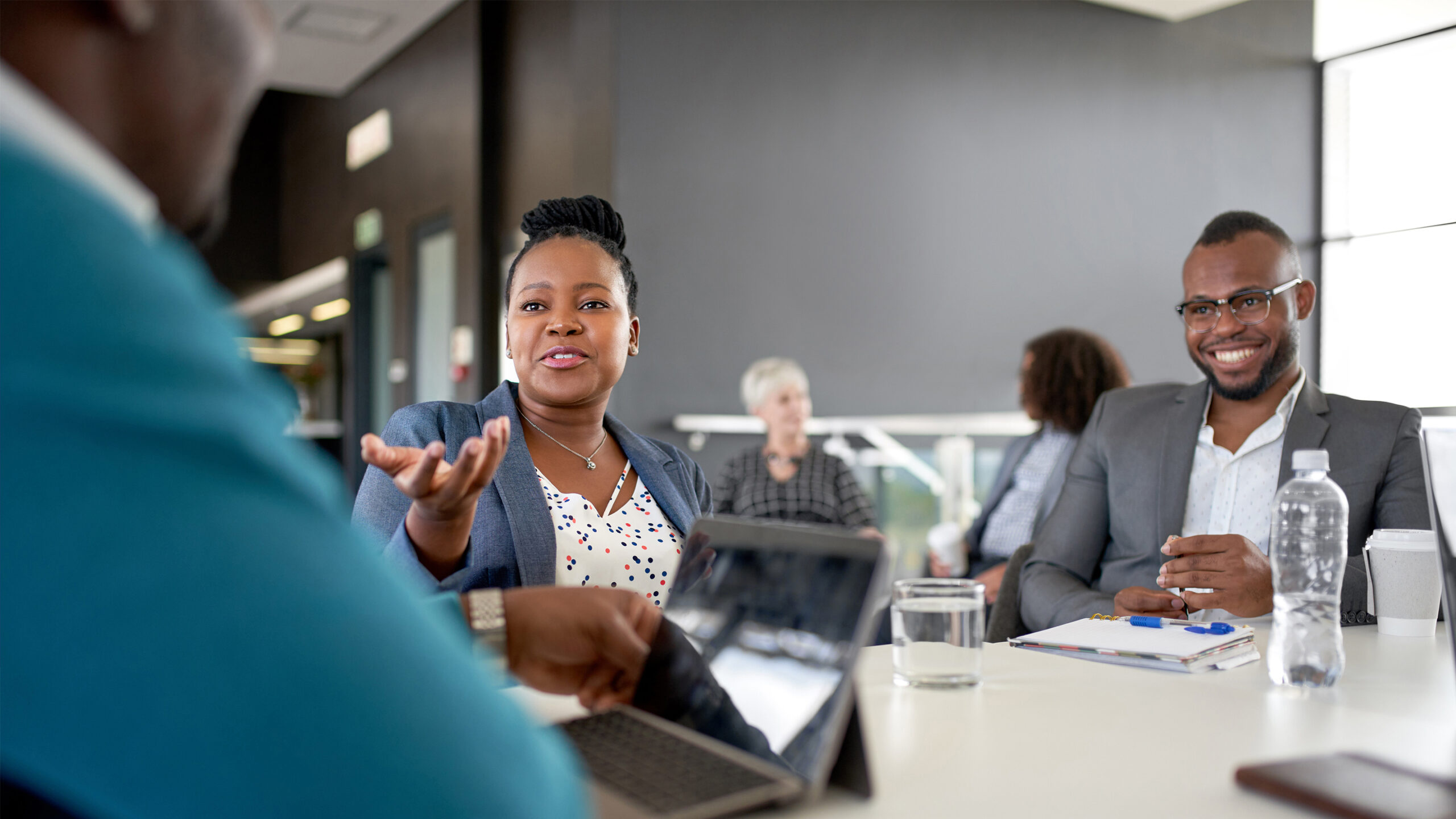During this summer, a team of students from MIT embarked on a journey to the sou …
Revamping District-Wide Professional Development Days
Emma Wordsmith

Professional development plays a crucial role in the growth and success of educators. Research has shown that when teachers participate in well-designed professional development, student achievement can increase by up to 21 percent. To ensure that teachers are motivated to learn and grow for the benefit of their students, administrators should strive to make district-wide professional development days enjoyable for teachers.
When designing professional development (PD), it is important to cater to the individual needs of K–12 teachers. Just as teachers differentiate their instruction to meet the diverse learning needs of their students, PD should be approached with patience, understanding, and a personalized approach.
Suggestions for Effective PD
1. Foster a positive learning culture: Administrators should consistently provide teachers with encouragement, optimism, and a sense of pride for their school community. Both administrators and lead teachers should serve as role models by demonstrating enthusiasm for professional development and actively participating in discussions and knowledge-sharing.
2. Offer choices: To cater to different preferences and interests, PD sessions should vary in length, topics, and delivery methods. Presenters should also be encouraged to deliver content through different approaches such as hands-on learning, videos, group work, individual tasks, art, music, physical activity, and technology.
3. Provide a variety of session formats: Including poster sessions, video presentations with Q&A and discussions, demonstrations, mini-sessions, and longer sessions can help maintain teachers’ attention and interest. Offering shorter sessions of 20 to 40 minutes also allows teachers to explore more topics throughout the day.
4. Facilitate brainstorming and action planning: Teachers should be given the opportunity to discuss specific projects and student groups, identify ways to enhance the learning experience, and brainstorm practical applications of the PD sessions. Sufficient time should be allocated for teachers to create action plans based on their learnings.
5. Include wellness sessions: Mindfulness, yoga, physical activity, and games can benefit both students and educators. Exploring how these wellness activities can be adapted to any classroom setting can be valuable. Integrating sessions on emotional well-being and mindfulness can also enhance teachers’ effectiveness in the classroom.
6. Create comfortable and inspiring physical settings: Providing comfortable seating options, borrowing yoga balls or other alternative seating from the physical education department, and using lamps to create a welcoming ambiance can positively impact the learning environment. Environmental factors can significantly influence academic achievement.
7. Incorporate the arts: Supplying art materials and encouraging discussions on the benefits of art in the learning environment, such as improved focus and relaxation, can enrich PD sessions.
8. Integrate student presentations: Inviting student volunteers to showcase their schoolwork, including various forms of creative expression, can inspire teachers and foster cross-disciplinary collaborations.
9. Share alumni appreciation videos: Showcasing videos in which alumni express their gratitude to the teachers can reinforce the positive impact of teachers on students’ lives. This can serve as an affirmation of teachers’ dedication and commitment to their profession.
10. Encourage teacher presentations: Providing opportunities for teachers to share their creative ideas and skills in formal presentations or informal sessions can foster a culture of peer-to-peer learning and collaboration.
11. Implement “spark talks”: This format involves setting up tables around a large space and having pairs of teachers share their work, successes, failures, and future improvements in short sessions with Q&A. This allows for multiple rotations and diverse perspectives.
12. Gather feedback: Actively seek feedback from attendees during and after the PD sessions. Engage in discussions about topic ideas for future conferences and teaching delivery methods to ensure continuous improvement.
Well-designed professional development sessions provide teachers with opportunities to collaborate, learn new skills, and find innovative solutions to classroom challenges. By fostering a culture of collaboration and creativity, teachers can enhance their own learning and become more effective educators.


